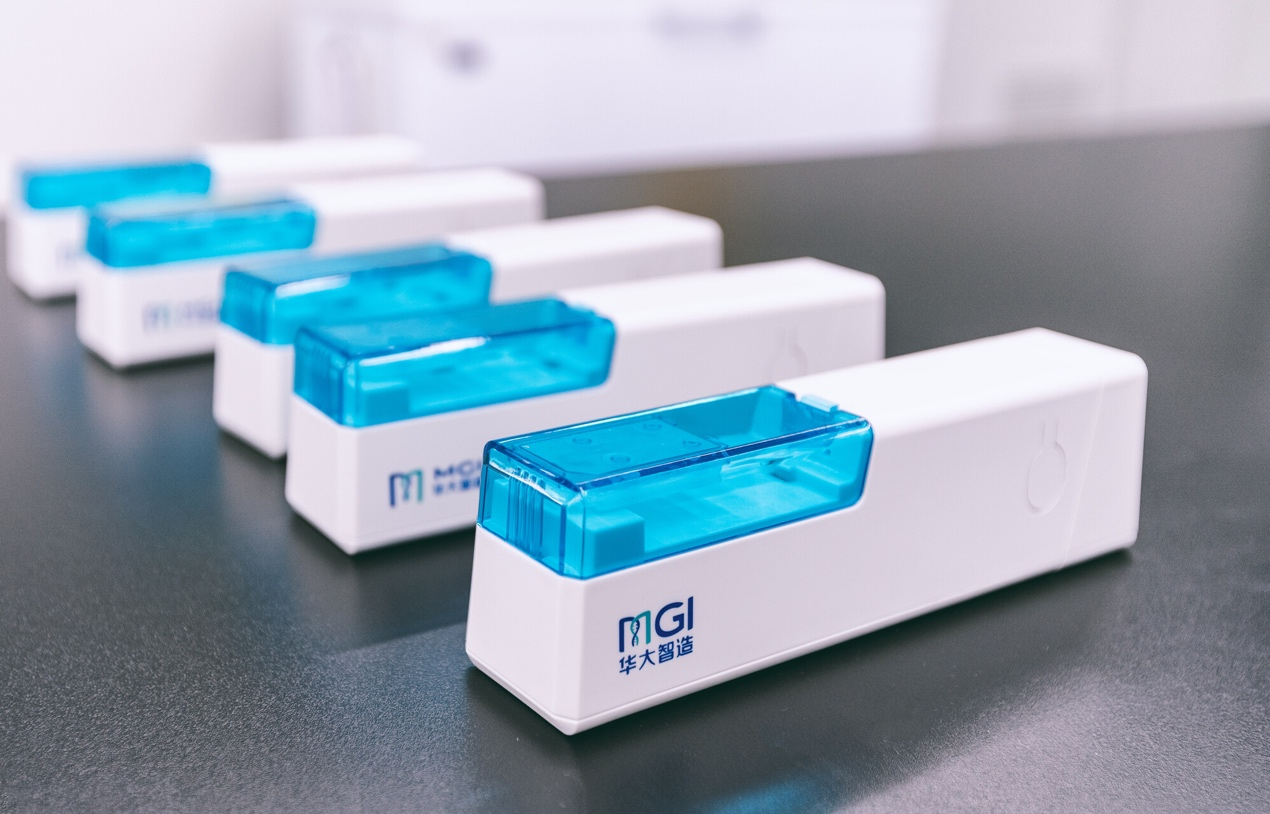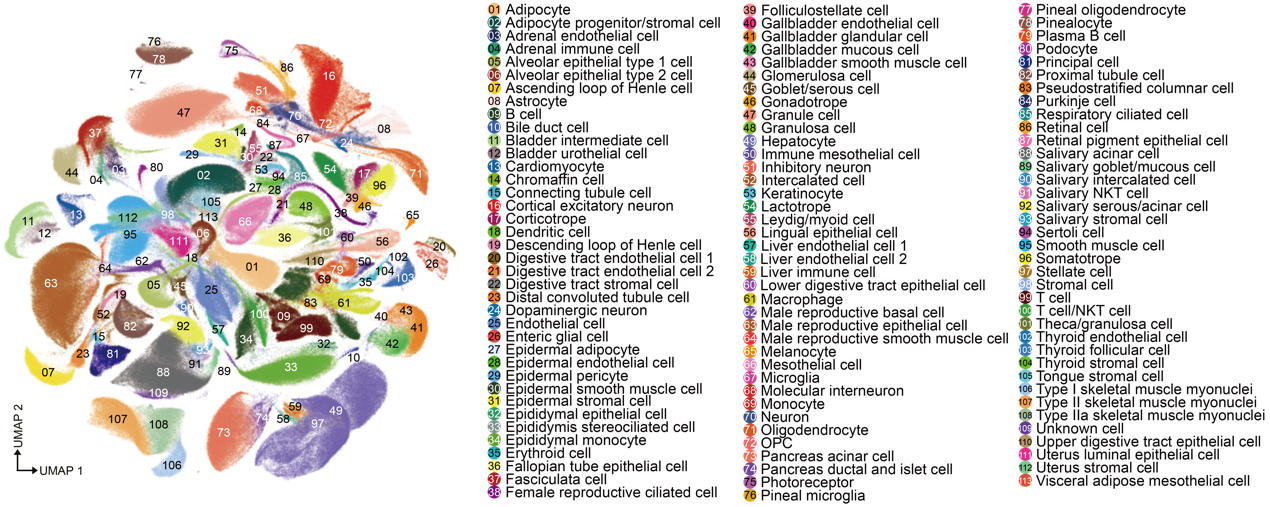(Continued from PART 1)
Question 2: What progress and breakthroughs has life science research made today?
Dr. Xu Xun: Single-cell sequencing and spatiotemporal omics technologies are two major research directions in today's global life sciences.
Single-cell sequencing is a core breakthrough of genomic research from molecular biology to cell biology. In the past, cell biology research was mainly achieved through microscopic observation and the staining method, but this failed to reach the core of cell biology - to study the molecules in a cell. The molecular compositions in a cell and its dynamic changes determine the function of the cell.
In the past, people could only recognize around 100 kinds of cell by microscopy, staining and immunohistochemistry. To perform such a complex function for the human body, the type of cells may be far more than what was known. Single-cell sequencing has brought a new perspective for the observation on cells, which also led to the Human Cell Atlas (HCA) Project. This influential global project uses innovative tools, such as single-cell sequencing, to reclassify cells and advance the molecular-based cell taxonomy.
People used to think that there are about 300 major cell types in the human body, which turns out to be wrong. Human cell types are more complex than previously imagined. Through this project, many new discoveries have been made, such as identifying many cell types that have never been reported before. These types of cells play very important roles in the human body. The driving force for scientific discovery is technology innovation. With new technologies, we can observe cells and analyze data with new approaches and produce new knowledge to further our understanding.
In 2012, BGI examined 14 cells using micropipette single-cell sequencing method, with two articles published in Cell. At that time, the world had never observed cells from the perspective of single-cell genomes, so the research was considered ground-breaking and accepted by a global top-tier science journal.
 DNBelab C4
DNBelab C4
In 2015, BGI used the microplate method to realize the expansion of single cells. In 2019, we developed a method that allows one cell to do both transcriptome and ATACseq omics at the same time. Also in 2019, we developed a very important tool, the DNBelab C4, a microfluidic-based device that is capable of sequencing thousands and now tens of thousands of single cells. It is because of the development of these tools, that today a single project of ours can manage hundreds of thousands or even millions of cells for single-cell sequencing.
Through the study of single-cell sequencing, we can pay more attention to several aspects - development, brain science, and human disease (tumor).
To understand development, we must understand cell functions. An important way of explaining the function of human cells is by comparing the difference between humans and other species. So BGI created the world's first non-human primate whole-cell atlas and compared this data with human cells. The result was published in Nature in April 2022.
 BGI-Research together with other scientific research institutes published the world’s first non-human primate whole-body cell transcriptomic atlas in the scientific journal Nature. Visualization of all cell clusters colored by major cell types.
BGI-Research together with other scientific research institutes published the world’s first non-human primate whole-body cell transcriptomic atlas in the scientific journal Nature. Visualization of all cell clusters colored by major cell types.
In addition to the brain atlas created in non-human primate study, we also constructed an atlas for ant’s brain. The ant research is very interesting as ants are a species with a social division of labor. Although the genomes of worker, male, gyne and queen do not share much difference, their social division of labor is clearly different.
Is such division determined by their genome? Using single-cell sequencing, we found that, compared to male and queen, the brain of worker lacks a type of cell that controls reproductive behavior. Thus, the worker can only labor and cannot participate in the reproduction of offspring. Therefore, the study of single cells offers new means to explain many biological phenomena.
BGI’s research on diseases began with two articles published in Cell in 2012. For the first time, the articles systematically explained that every cell in a tumor is different. Through its own mutation, each cell has a unique developmental roadmap, which may lead to cancer cell development. Many cell mutations are not isolated but inherited. Later, we also explained the microenvironment of the tumor by means of single-cell sequencing. A tumor tissue has a very complex immune microenvironment, which has great impact on the prognosis of the tumor. This discovery holds hope for the treatment of cancer.
(To be continued in PART 3)



